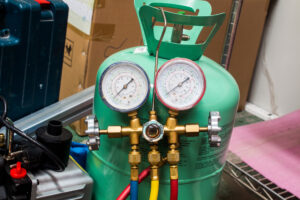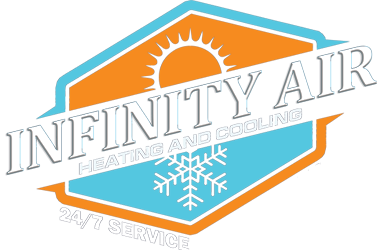The HVAC industry is undergoing a major shift in refrigerant standards as part of a global initiative to reduce environmental impact. One of the most significant changes is the phaseout of R-410A, a widely used refrigerant in residential and commercial air conditioning systems, and the introduction of A2L refrigerants as its replacement. This transition, driven by both environmental policy and technological advancement, is reshaping how contractors, manufacturers, and consumers think about HVAC systems.

Why Is R-410A Being Phased Out?
R-410A, while more environmentally friendly than its predecessor R-22, still has a high Global Warming Potential (GWP) of approximately 2,088. In response to international agreements like the Kigali Amendment to the Montreal Protocol, the U.S. and many other countries are moving to phase down hydrofluorocarbons (HFCs) such as R-410A to reduce greenhouse gas emissions.
Beginning in 2025, manufacturers in the U.S. will be restricted from producing new equipment that uses R-410A. This doesn’t mean R-410A will instantly disappear, it will still be available for servicing existing systems, but its availability will decline, and prices may rise as supply tightens.
What Are A2L Refrigerants?
A2L refrigerants, such as R-32 and R-454B, are the leading replacements for R-410A. They are categorized as low-flammability refrigerants with a much lower GWP—R-32, for example, has a GWP of 675, while R-454B has a GWP of 466. These refrigerants offer similar or even improved performance compared to R-410A but with significantly less environmental impact.
Despite being classified as “mildly flammable,” A2Ls are considered safe when properly handled and installed according to updated building codes and safety standards. HVAC professionals will need specific training and certifications to work with A2Ls due to their flammability classification and new handling requirements.
Benefits of A2L Refrigerants
Lower environmental impact thanks to reduced GWP
Improved energy efficiency in many applications
Regulatory compliance with future EPA and global standards
Reduced refrigerant charge needed compared to R-410A systems
What Homeowners and Businesses Should Know
If you’re planning to replace your HVAC system soon, it’s important to understand the timing. Systems using R-410A are still legal to install and service, but future regulations and refrigerant availability may affect long-term costs. Starting in 2025, most new systems will transition to A2L-compatible models, and it’s wise to consider those for better efficiency and regulatory alignment.
When shopping for a new system or preparing for a replacement, talk to a licensed HVAC professional who understands the new A2L standards and can guide you toward a system that meets both your comfort and environmental goals.
In Closing
The transition from R-410A to A2L refrigerants marks a positive step forward in reducing the environmental impact of HVAC systems. While it brings changes in safety requirements and system design, the benefits in efficiency and sustainability make it a necessary and beneficial evolution. Staying informed and working with trained HVAC professionals will help ensure a smooth and successful transition for homeowners and businesses alike.


